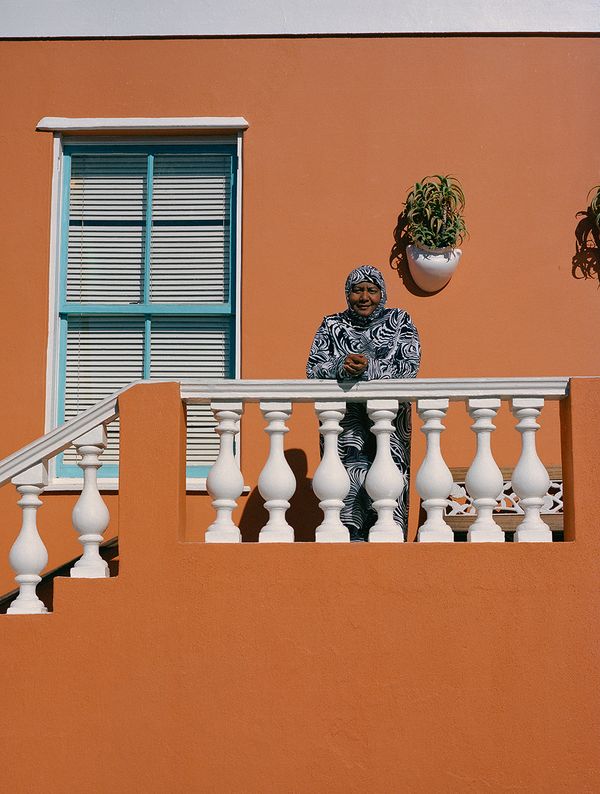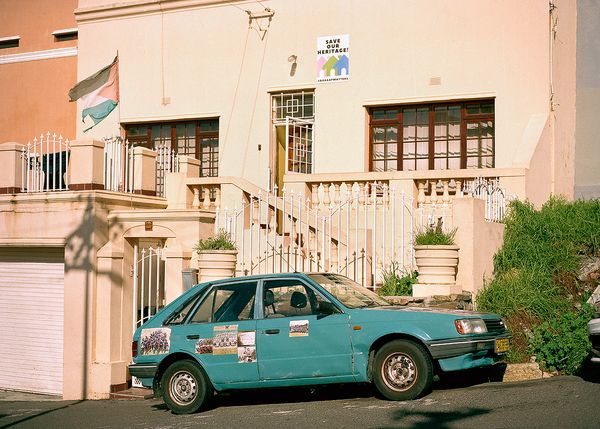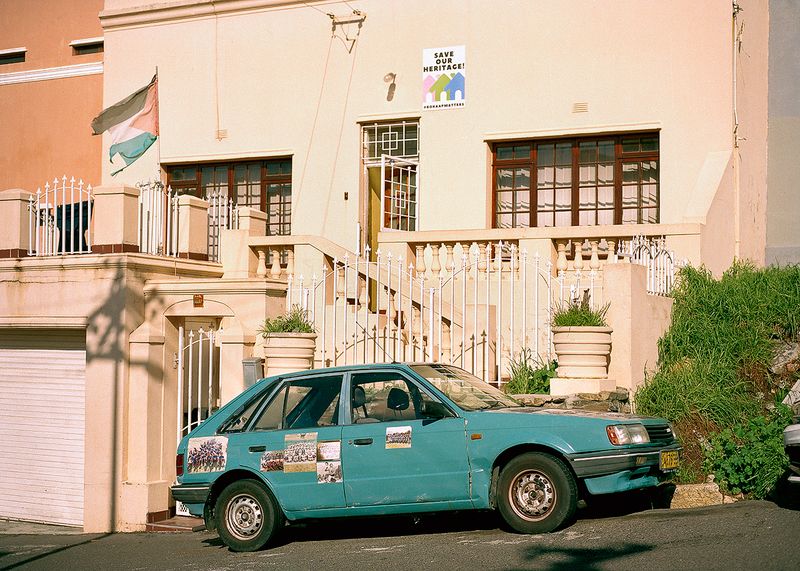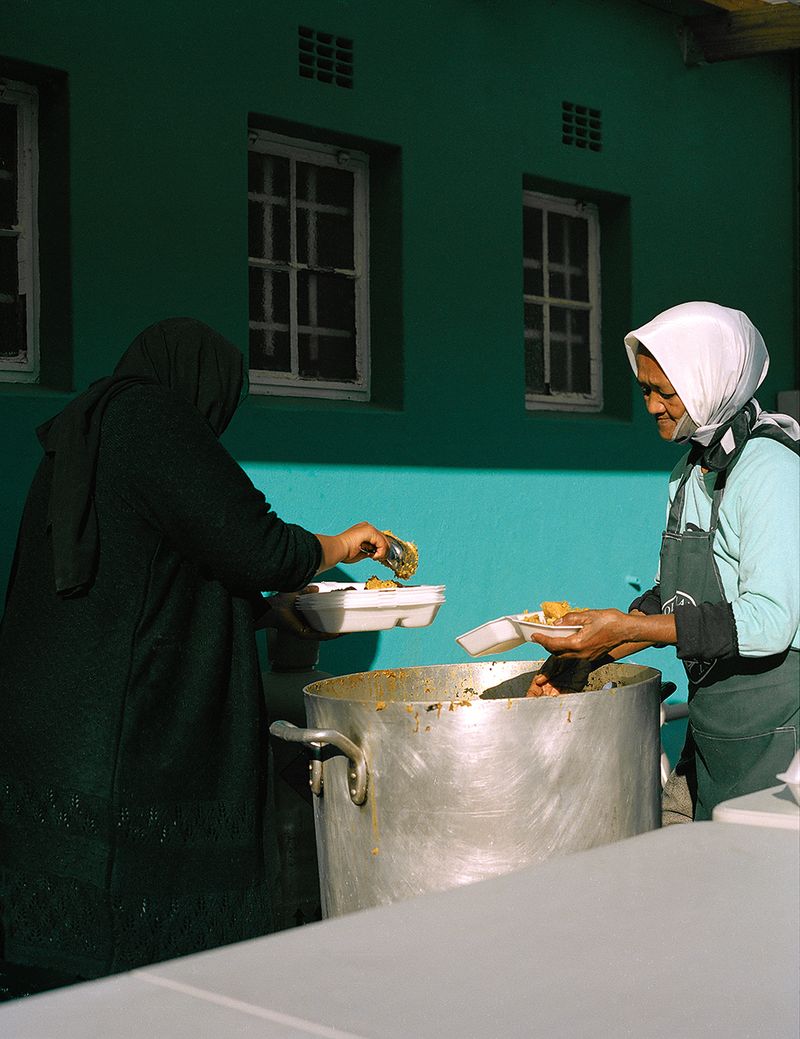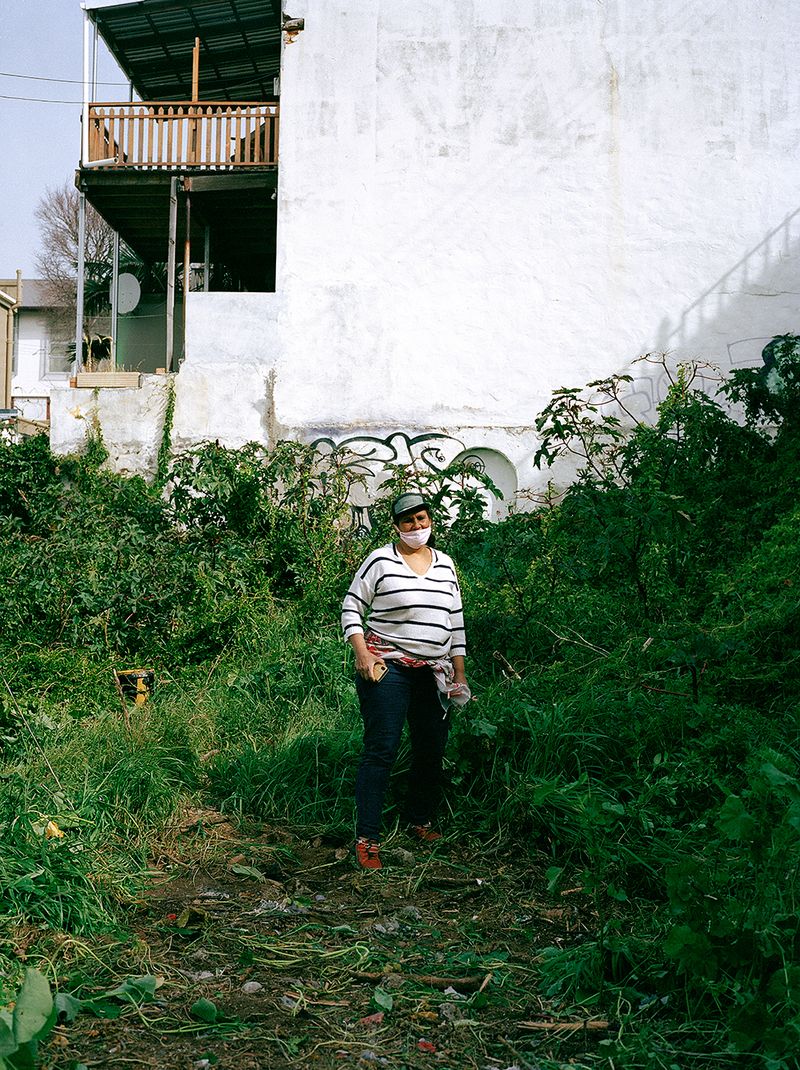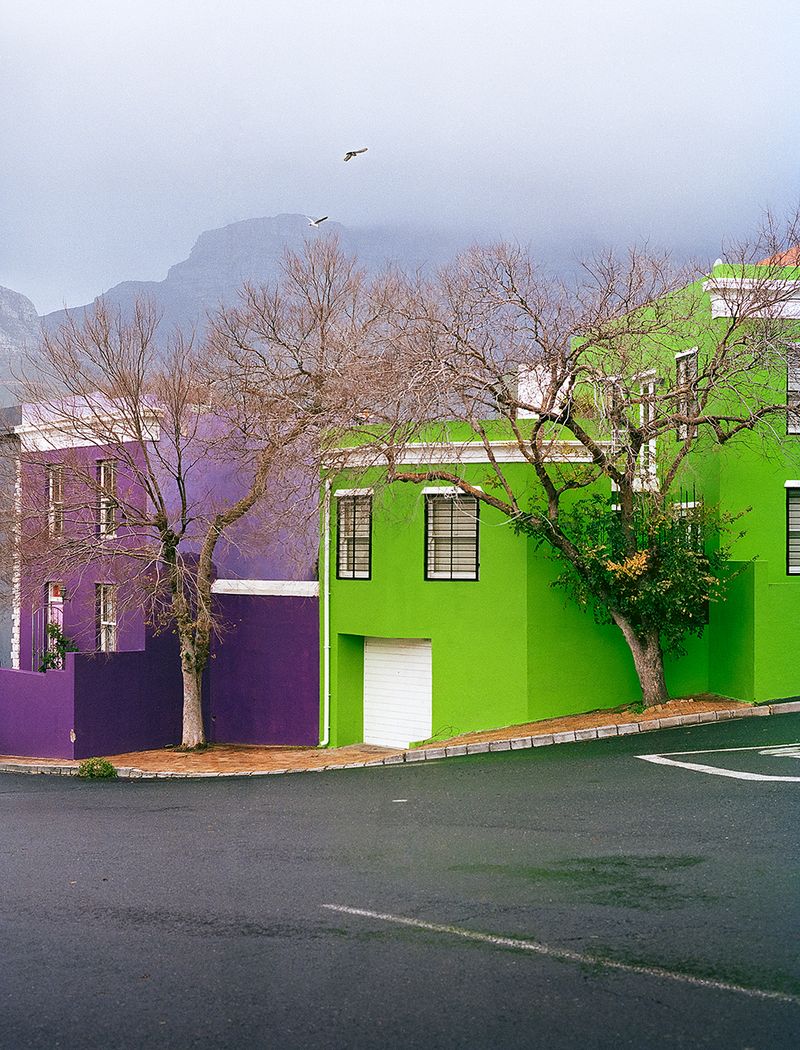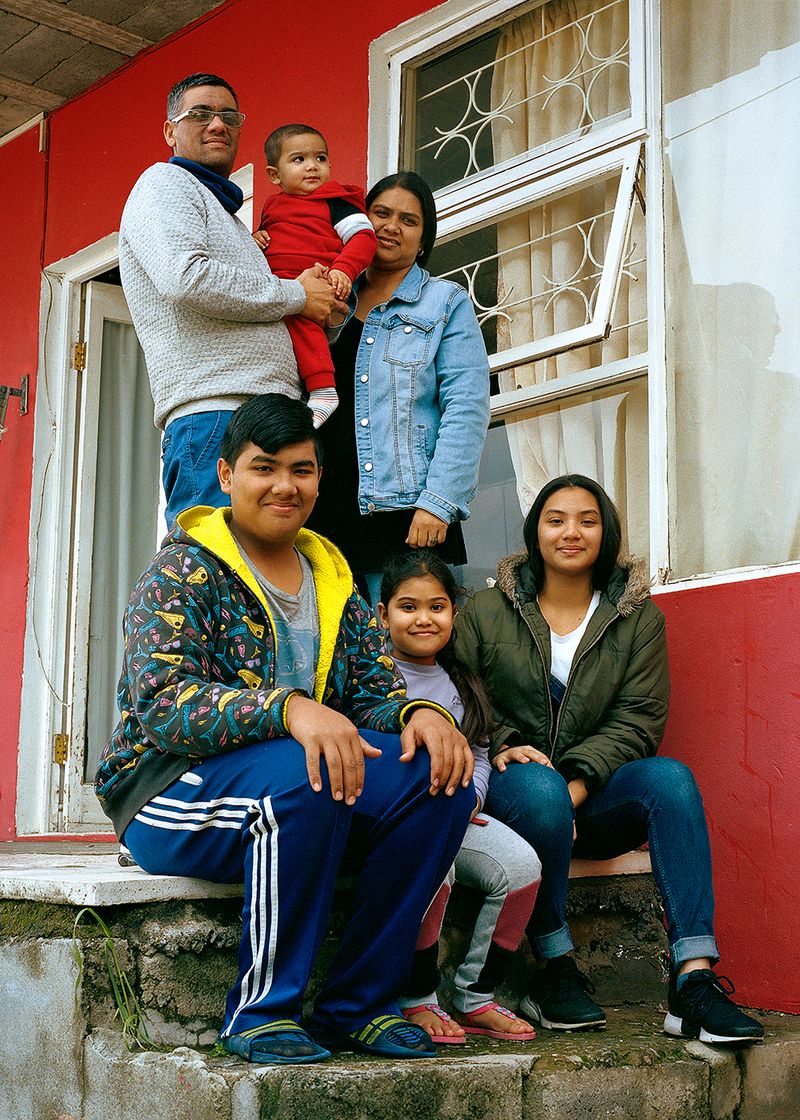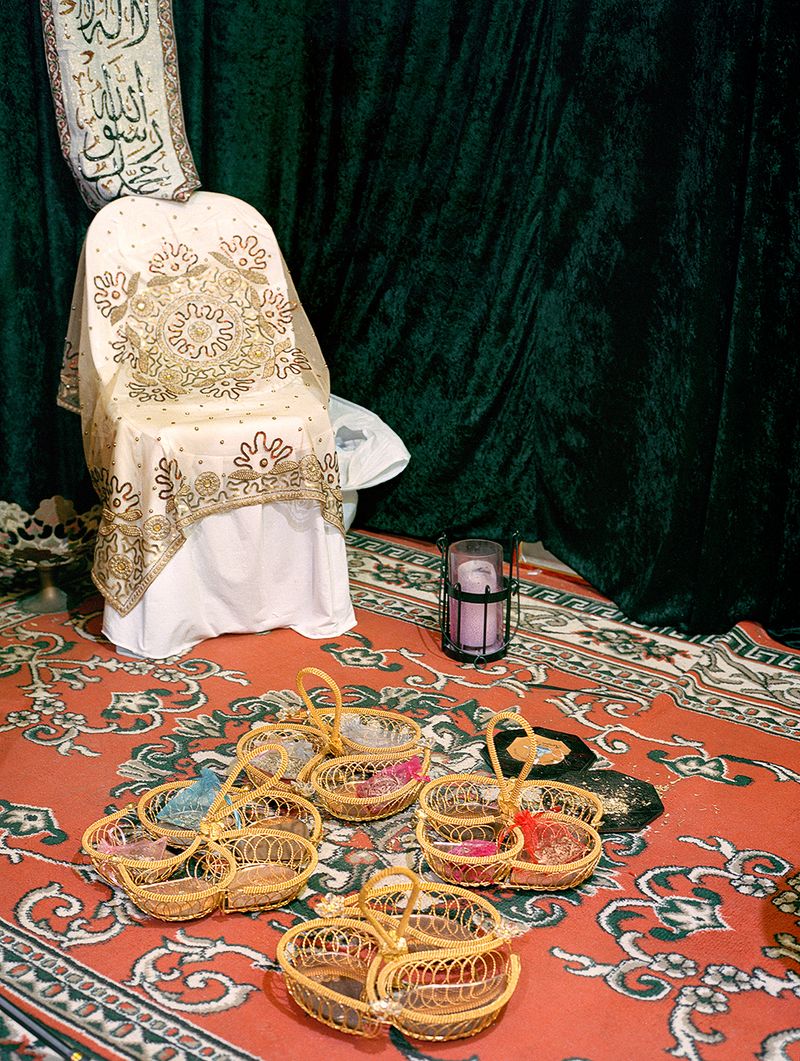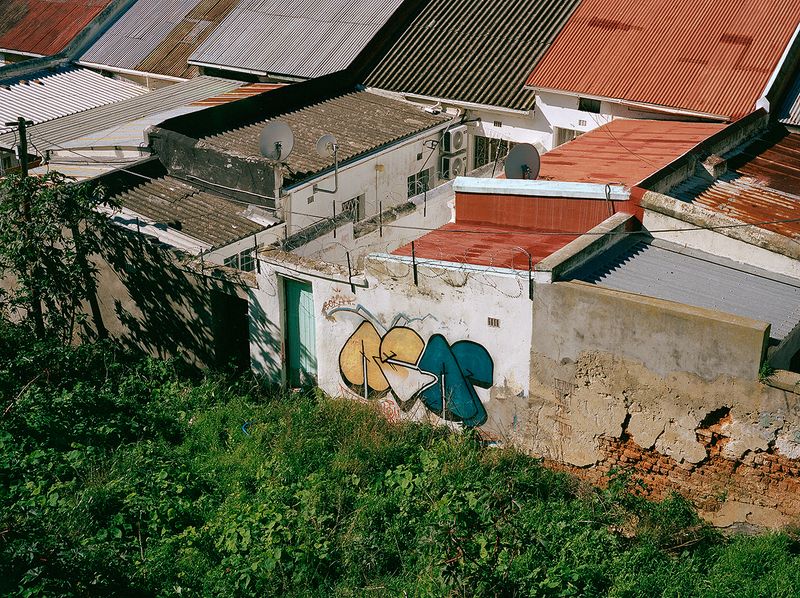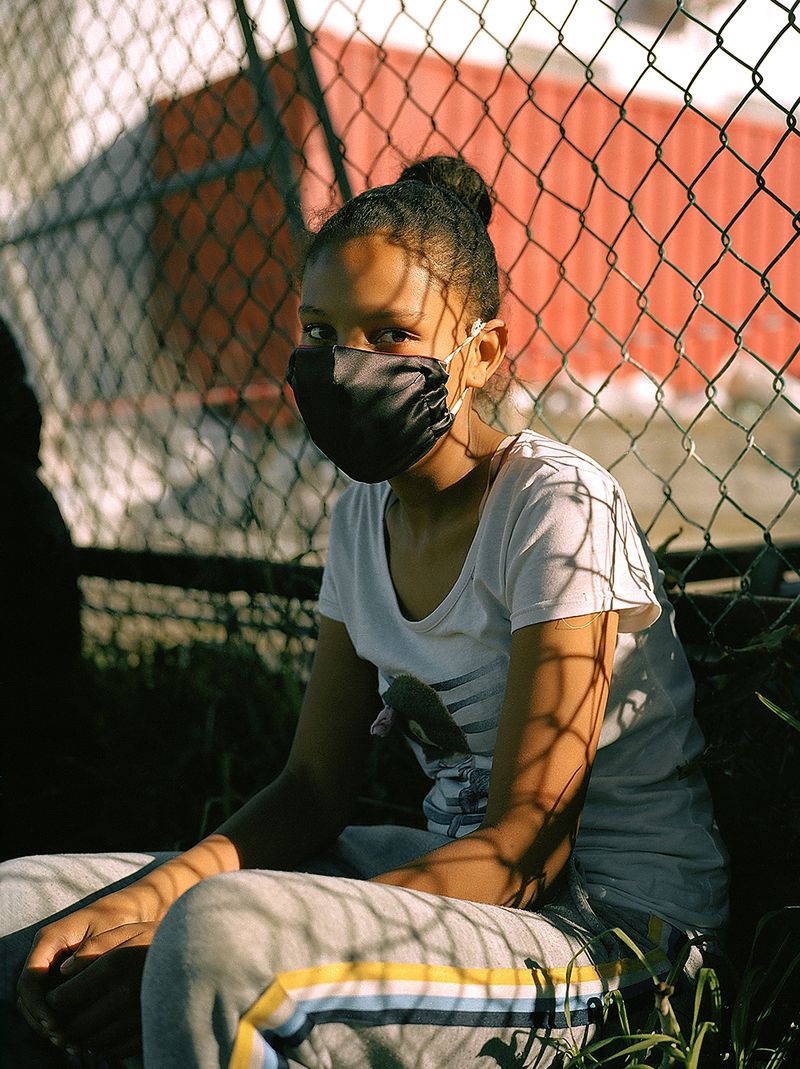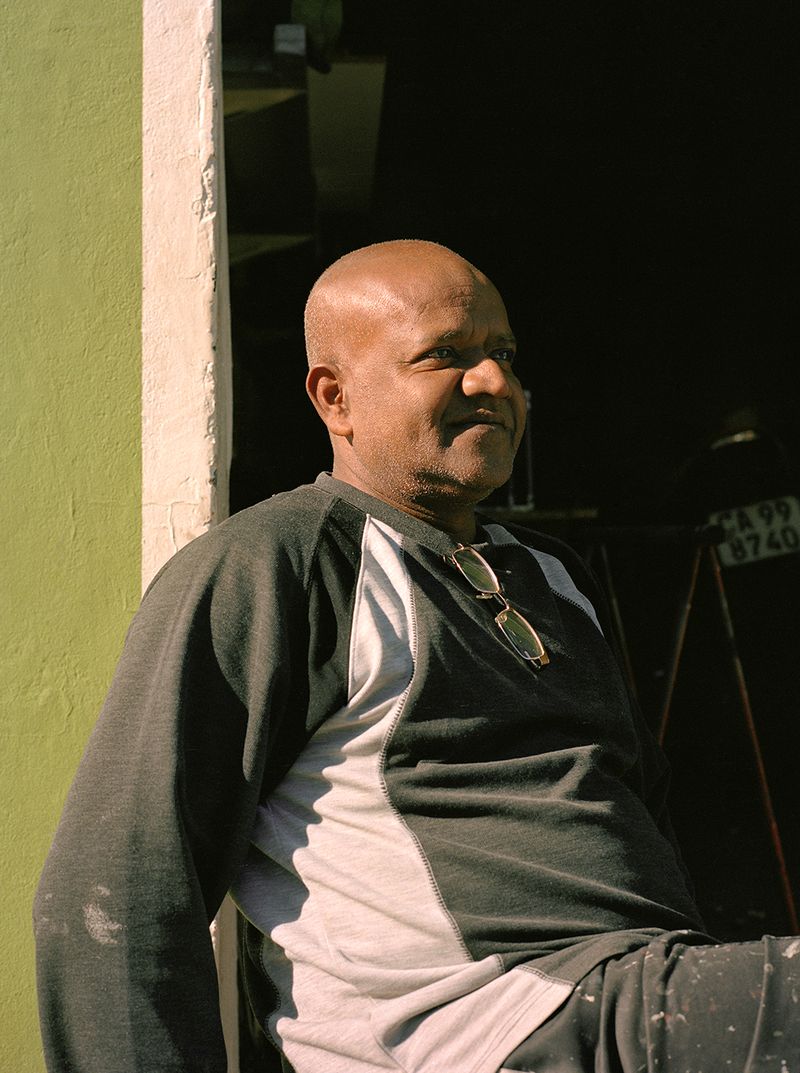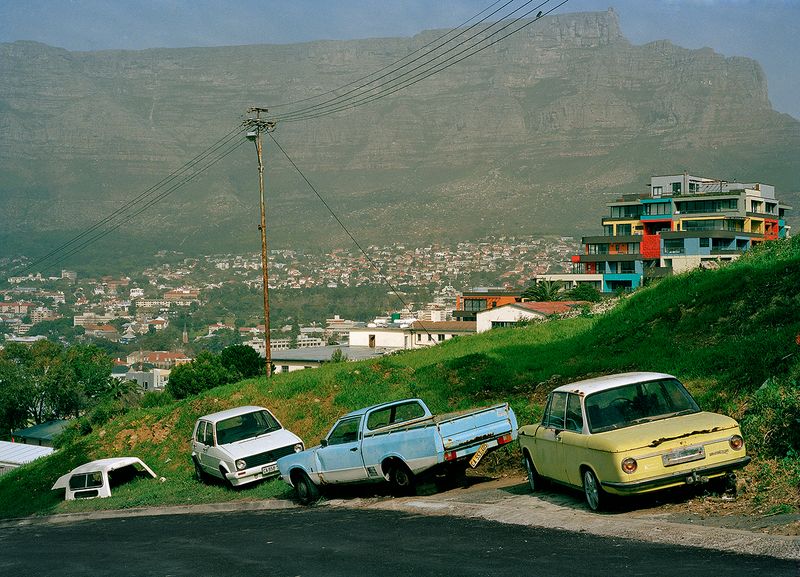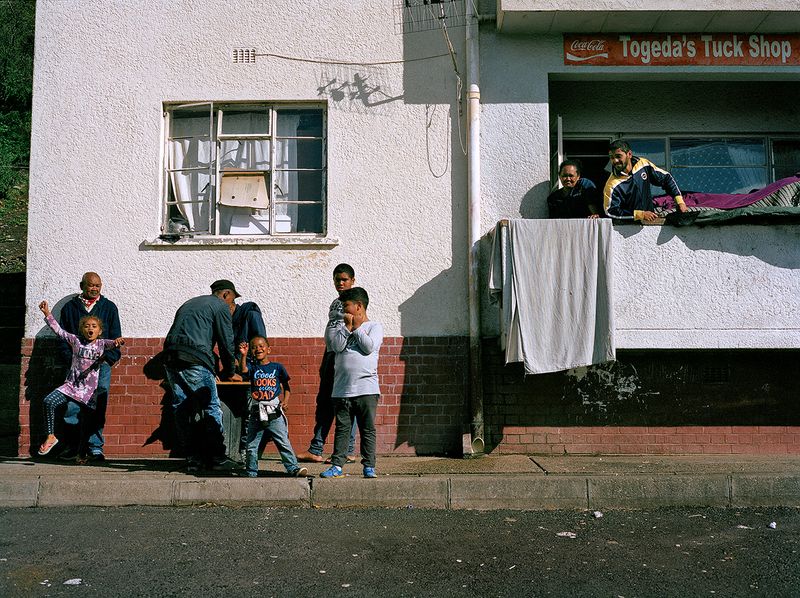This Home of Ours
-
Dates2020 - Ongoing
-
Author
- Location Cape Town, South Africa
For decades, tourists have flocked to the vibrant neighbourhood of Bo-Kaap in Cape Town, South Africa. Many visitors pass through, while others have decided to lay more permanent roots, transforming relatively cheap property into Airbnbs for travelers. As real estate prices continue to soar, long-term residents are fighting to retain the essence of Bo-Kaap’s Islamic cultural heritage amidst growing geographical changes.
“This Home of Ours” acts as a contemporary time capsule of the neighbourhood’s rich history. At a time when both an influx of foreigners and the Covid-19 pandemic are endangering the livelihood of many community members, this series seeks to provide a platform of visibility that amplifies the voices of residents and chronicles their experiences for generations to come. Through intimate portraits and depictions of the varied landscape, this work showcases how the Bo-Kaap culture has evolved at the intersection of race, religion, and identity.
Stretching from the top of Signal Hill down to Cape Town’s City Centre, today, Bo-Kaap’s vibrantly coloured homes replace the once uniformly white palette that reflected the looming presence of the British and Dutch colonial powers. The Coloured community, a multiracial ethnic group native to South Africa, has faced multiple cycles of displacement and now comprises a majority of the Bo-Kaap population. For the residents of this neighbourhood, starting anew is a familiar task, with each era prompting them to examine the strength of their historical and cultural ties to the land they occupy. After being uprooted from their homes abroad, and forcefully removed from District Six under the Apartheid regime in the 1950s, gentrification has become the latest threat towards the predominantly Muslim, Coloured community of Bo-Kaap.
Through “This Home of Ours,” my intent is to shift the focus of the narrative from the detached issue of gentrification to the community members themselves, who have played an integral role in the preservation of Bo-Kaap’s history, traditions, and values. In exploring the cultural implications of displacement alongside the Covid-19 pandemic, this project examines the way history permeates one’s landscape. My aim is to highlight Bo-Kaap as more than its mesmerizingly colorful facade and its monetary value as a point of prime real estate, further elucidating outsiders to the neighbourhood’s distinct character and its residents’ strong sense of unity.

